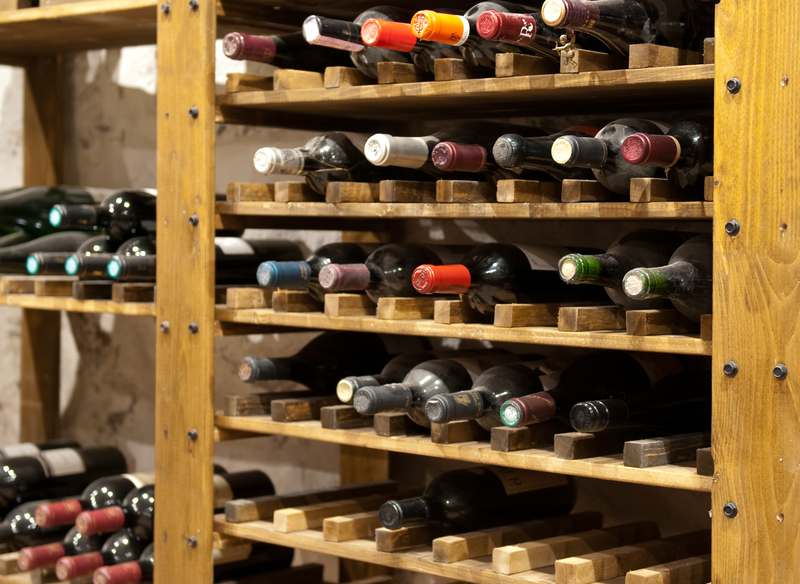A Walk through Time: Tracing the Fascinating History of Clapham, London
Posted on 21/11/2024
Standing proudly in the borough of Lambeth, nestled in the vibrant city of London, lies the charming and historic neighborhood of Clapham. With its picturesque green spaces, bustling high street, and rich cultural heritage, this area has become a popular destination for tourists and locals alike. But what many do not know is that this seemingly idyllic spot has a fascinating history dating back to the Roman times. Join us on a journey through time as we uncover the hidden stories and significant events that shaped Clapham into the dynamic community it is today.
Roman Settlements and Early Origins
The first recorded evidence of Clapham's existence dates back to the early 10th century when it was known as Clopp Hamme, meaning 'clay land.' However, archaeological discoveries have revealed that the area was inhabited long before then by Roman settlers who left behind evidence of their presence in the form of coins, pottery fragments, and burial sites. It is believed that they used these lands as farming grounds due to its fertile soil and proximity to major roads and rivers.

Medieval Times: A Rural Retreat
During medieval times, Clapham was a rural retreat outside the bustling city walls of London. Its fertile lands attracted wealthy nobles who built grand manor houses surrounded by vast estates. These estates were often used for hunting expeditions, leisurely strolls in the countryside, and religious retreats. The most notable manor house was Old Town Manor, which stood on what is now known as The Pavement. While most of these grand houses are gone today, some remnants can still be seen in old buildings such as St Paul's Church and Holy Trinity Church.
A Revolutionary Transformation
The 18th century marked a significant turning point in Clapham's history with its transformation from a quiet rural village into an urban hub. The introduction of stagecoaches connecting London and the south coast brought an influx of visitors and residents to the area. Wealthy merchants and aristocrats were drawn to Clapham's tranquil atmosphere and began building elegant townhouses and villas, particularly in the area known as The Common. The most notable resident during this time was John Wilkes, a famous politician and renowned libertine who resided at West Town House.
Industrial Revolution and Modernization
The 19th century saw Clapham undergo further development with the arrival of the Industrial Revolution. The growth of factories and warehouses along the River Thames brought an influx of workers to the area, leading to the construction of new homes and terraced houses for the working class. This period also saw the development of Clapham Junction, now one of the busiest railway stations in Europe, connecting Clapham with other major cities.
Famous Residents and Cultural Influences
Over the years, Clapham has been home to a diverse range of notable figures who shaped its cultural landscape. Famous residents include writer Samuel Pepys, singer Adele, and comedian Eddie Izzard. The neighborhood has also been a hub for cultural activities, with landmarks such as Clapham Picturehouse cinema and Omnibus Theatre showcasing a variety of performances ranging from comedy shows to independent films.
Pros and Cons of Living in Clapham
Today, Clapham boasts a thriving community with a perfect blend of old charm and modern amenities. Its picturesque green spaces such as Clapham Common and Abbeville Road make for an ideal place for families and nature lovers. A vibrant high street offers a variety of shops, restaurants, and bars catering to all tastes and budgets. However, with its popularity comes a higher cost of living compared to other areas in London. Traffic congestion is also a common issue due to its prime location between two major roads.

Tips for Visiting or Moving to Clapham
If you're planning on visiting or moving to Clapham, here are some tips to make the most of your experience:
1. Take a stroll through Clapham Common and discover its hidden gems, including a Victorian bandstand and a skate park.
2. Visit The Pavement, a picturesque street lined with colorful Georgian houses and quaint cafes.
3. Sample some local delicacies at the Venn Street Market held every Saturday, offering a variety of fresh produce, street food, and handmade crafts.
4. Explore the cultural side of Clapham by catching a show or movie at one of its many theaters or cinemas.
5. Experience the lively nightlife by hopping from one pub to another along Clapham High Street.
The Fascinating History of Clapham: A Lasting Legacy
As we come to the end of our journey through time, it's clear that Clapham has evolved significantly from its humble beginnings as a rural settlement to the vibrant community it is today. Its rich history is evident in its architecture, culture, and people, making it a must-visit destination for anyone wanting to experience the true essence of London.
In conclusion, Clapham's fascinating history is deeply intertwined with the growth and development of London itself. From its Roman origins to its current status as a cosmopolitan neighborhood, it continues to attract people from all walks of life who are drawn to its unique charm and character. Whether you're planning on visiting or moving here permanently, one thing is for sure - Clapham will leave an indelible mark on your heart and mind for years to come.







